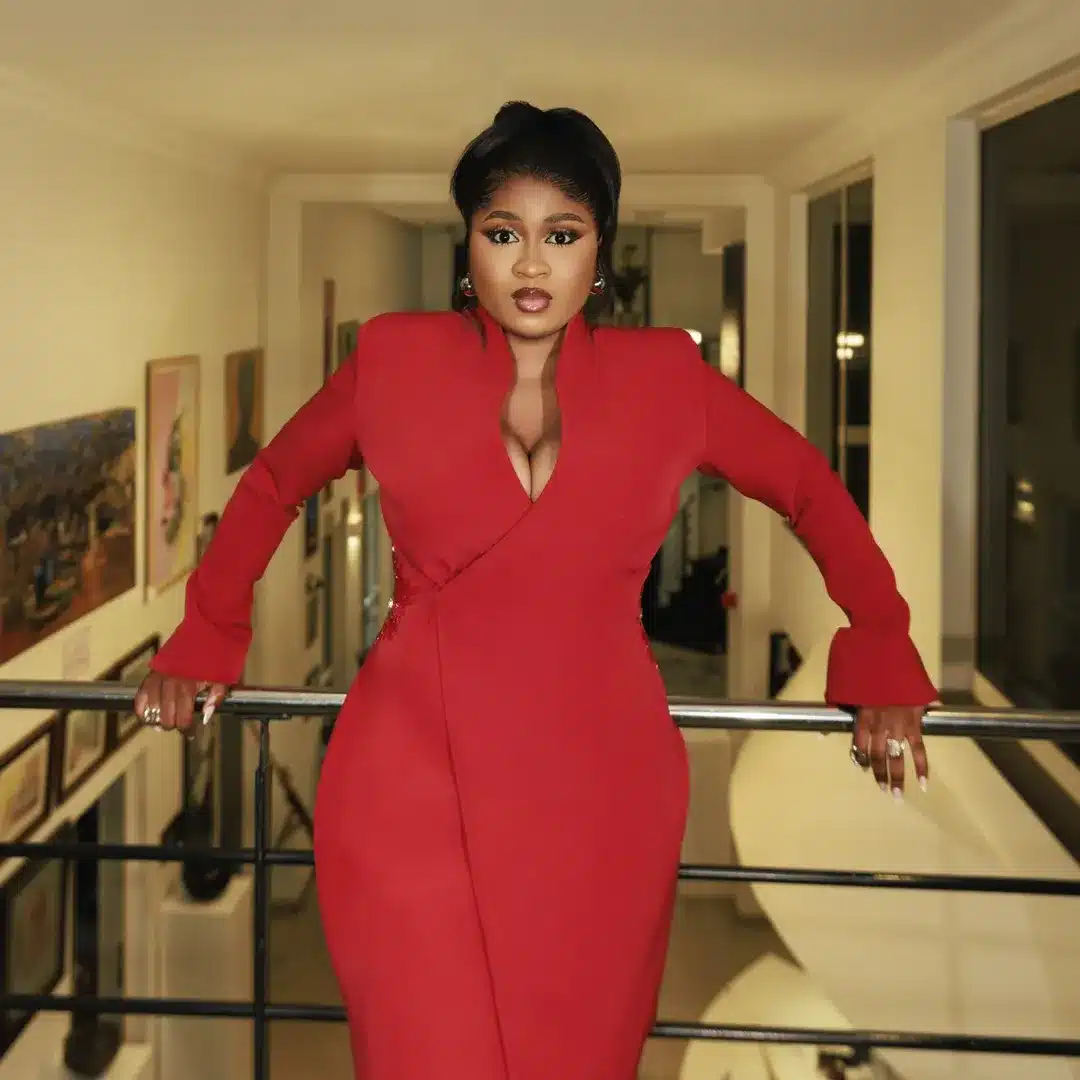Opinions expressed by Entrepreneur contributors are their own.
Video games have not just exploded in popularity since 2020, but global revenue has overtaken the higher-profile film and sports markets, with mobile gaming as the big mover. In the U.S., consumer spending on video games hit $56.6 billion on the back of two consecutive record years, and the industry is on track to double in size by 2027. So while celebrities may take center stage during the Super Bowl, the fact you don’t see that kind of massive influence in the gaming industry represents a profitable opportunity from this largely untapped market.
The other difference between gaming and other major forms of entertainment is this space is not just for the big players. At a recent CEO event, I spoke about the size and scope of gaming and how it is a big enough market for nearly any business to get involved. When I told them that gaming is making more money than Hollywood and the music industry combined — raking in $200 billion each year — it turned heads. But when they learn women aged 35-plus spend 60% more in casual mobile games than any other demographic, their minds were blown.
Even developers themselves are not fully aware of the potential for commercial partnerships and the integration of rewards and incentives into games because of the customization required. With the sheer amount of money on the table, businesses are well advised to start paying more attention to the growth trajectory of this market.
Related: What the Future Holds for the Multi-Billion-Dollar Online Gaming Industry
Games for every demographic
Companies hoping to gamify their marketing first need to really understand the gaming demographic: Who are they, what games do they play, when do they play and what appeals to them? Market research will help identify which brands and businesses make the most natural connections to gamers.
The image of gamers being overarchingly male is outdated. Of the over 214 million Americans who play video games, 48% are female. One study found that female users were 79% more likely to make in-app purchases in mobile games than male users. Mobile games, in particular, are enjoying a surge in popularity among women for relaxation, stress relief and mental stimulation.
As well as being the biggest spenders in mobile games, women are responsible for over 80% of purchases and purchase influence globally. If developers understood this demographic’s spending power in the furniture, food goods and CPG markets, they would innovate around that demand because it is the perfect overlap. Think of almost any business trying to connect with women: Games offer a special channel to reach them with in-game offers of superpowers, bonuses or virtual items associated with individual brands.
The value of collaboration
PriceWaterhouseCoopers estimated that the in-app games advertising market was worth $54 billion in 2021 and is projected to grow to $118.6 billion by 2026. Compare that to the $2.45 billion Americans spent on movie tickets in 2021. Businesses can tap into this high spending directly through developing games or gaming-related products or indirectly through advertising or partnering with games.
Collaborations with game developers could include everything from branded content within a game to joint promotions. There are many potential crossovers at a larger scale, and Red Bull and Netflix are just two big brands that have built their own games.
We recently partnered with a large streaming company to encourage players on our app to sign up for a video-on-demand trial with more rewards. The partnership was a huge win for all parties, demonstrating the power of leveraging games to generate customer volume.
However, it is not always feasible for smaller businesses to integrate with popular games like Candy Crush, which generated $1.2 billion in income in 2021. That is where game-adjacent businesses can act as intermediaries to help find indirect ways to engage with the gaming market, such as rewards, competitions or interactive experiences.
Related: Online Gaming Rules: A New Dawn For Real Money Games?
Targeted engagement
Businesses with a very definitive value proposition that they want to share with a target audience stand to gain the most from gaming, and developers themselves are getting to a scale where they can deliver value to all kinds of brands. We can influence gamers’ decisions on where they buy groceries or gas or which companies they bank or do insurance with through the games they play.
Mobile internet advertising is growing at the same speed as gaming, and the intersection of these two mediums offers expanding opportunities. There are a lot of female-focused games around fashion and interior design, so these games would be extremely powerful for manufacturers of high-end furniture, for example.
Imagine taking engagement to the supermarket aisle to create a whole customer journey for someone who loves gummy bears. If they saw the bears virtually on Candy Crush, we could give them the option to watch an in-game commercial in exchange for a coupon for gummy bears. The purchase could then be used for power-ups inside the game. Finally, we could survey the customer about their experience afterward to further finesse customer targeting. In other words, the potential for brand positioning in this space is extraordinary.
Related: Here’s Why More Investors Are Turning To the Online Gaming Industry
The MVP of advertising
If you are a business and believe you are in the wrong market for games, think again. Games now take up more mindshare than sports and offer so many more emotional opportunities to connect with people.
Stay on top of trends as new opportunities in virtual reality and augmented reality, e-sports, and mobile gaming are constantly emerging. Compared to the average of $6.5 million that brands paid for a 30-second commercial during the 2022 Super Bowl, online gaming makes connecting to a big audience far more accessible and affordable. In this space, the MVP is the player you are targeting through online gaming, and there are winners all over the field.






